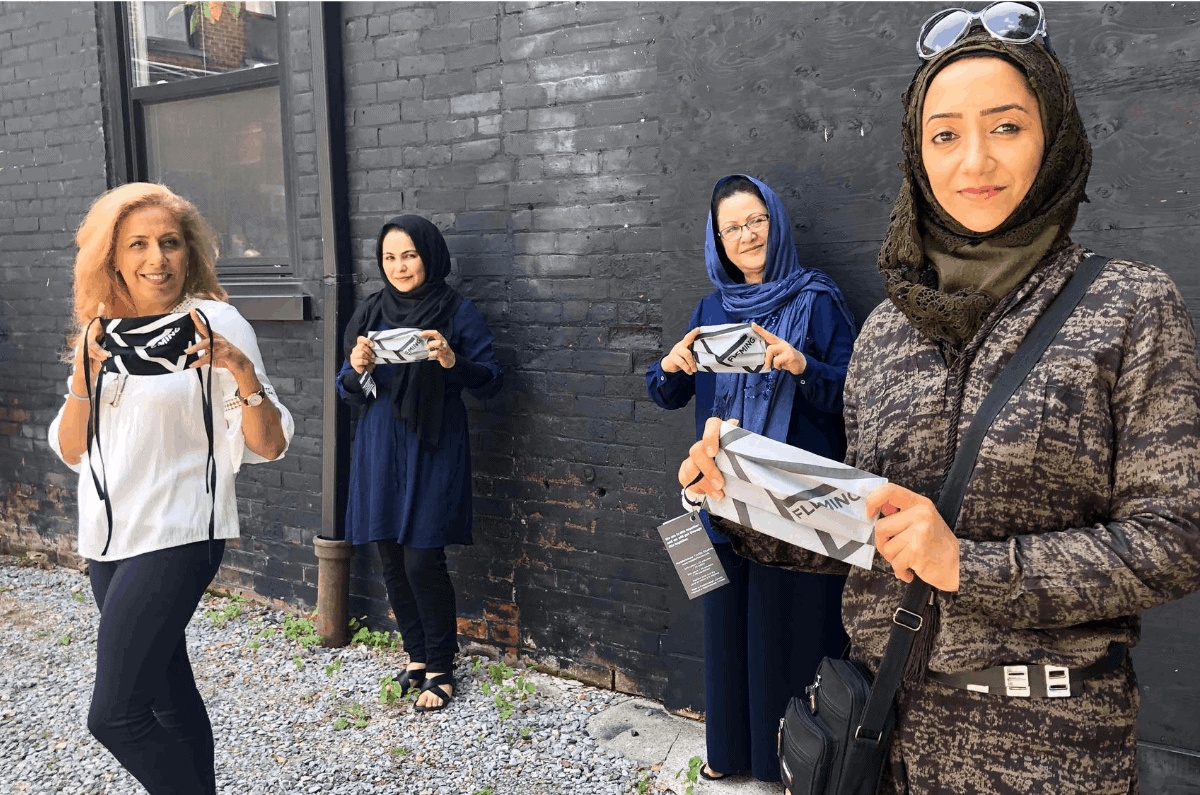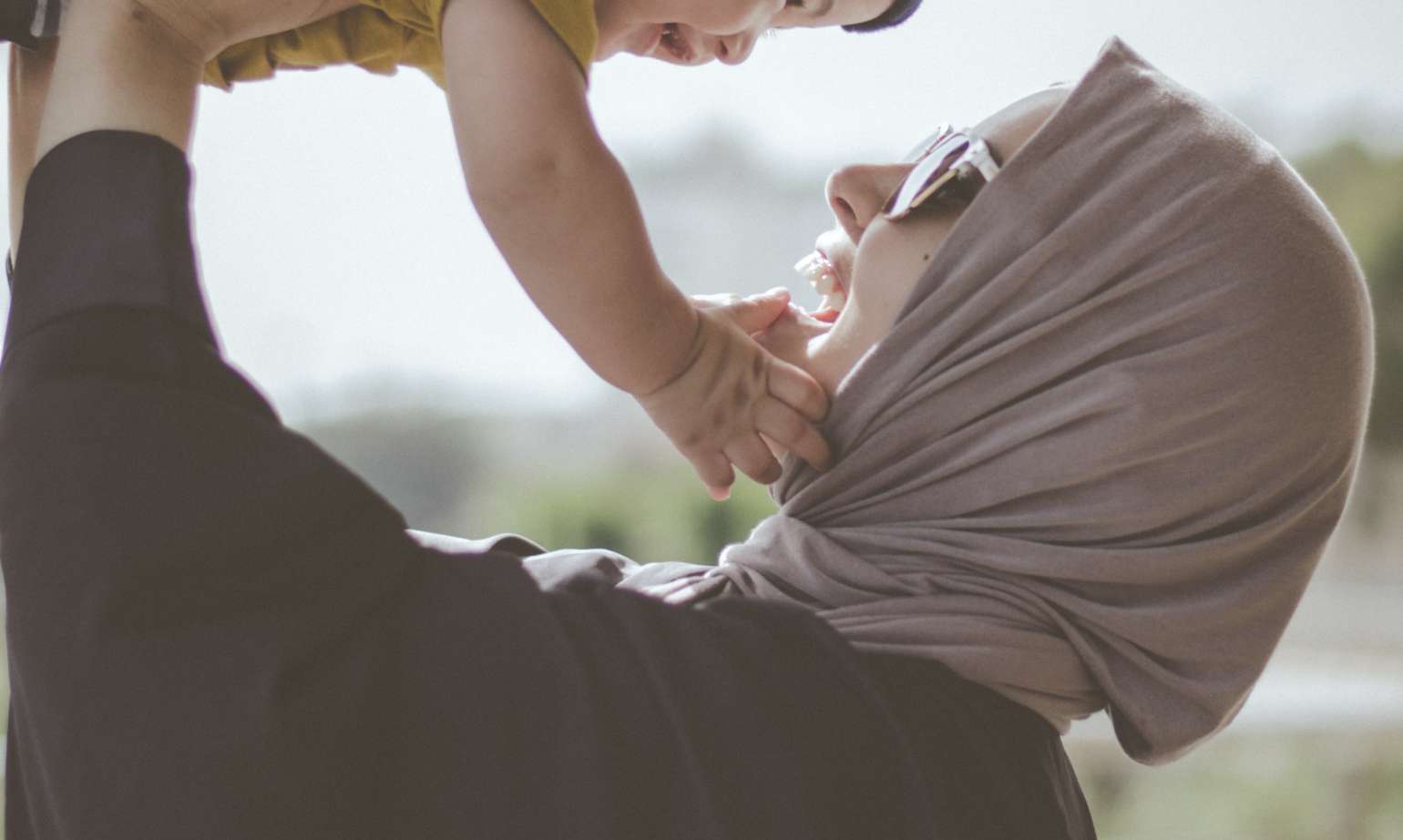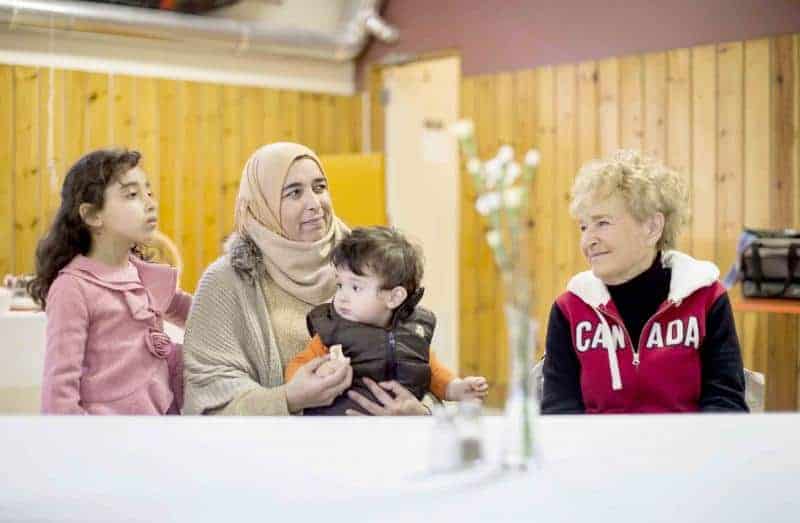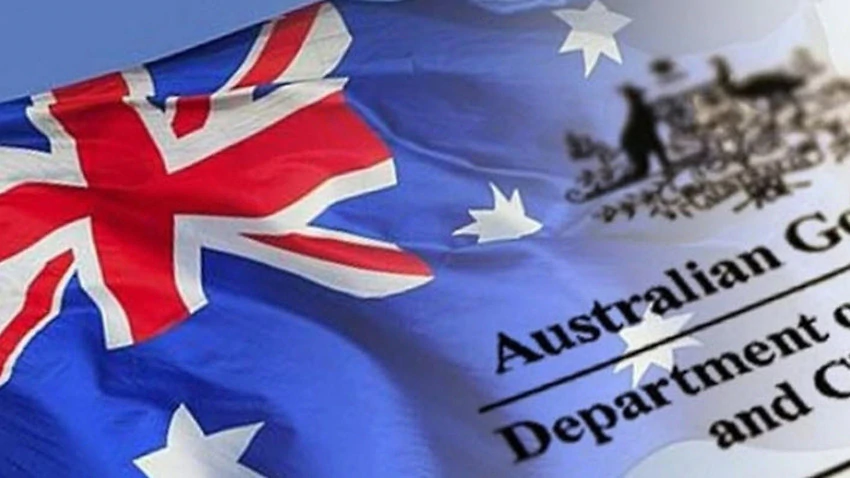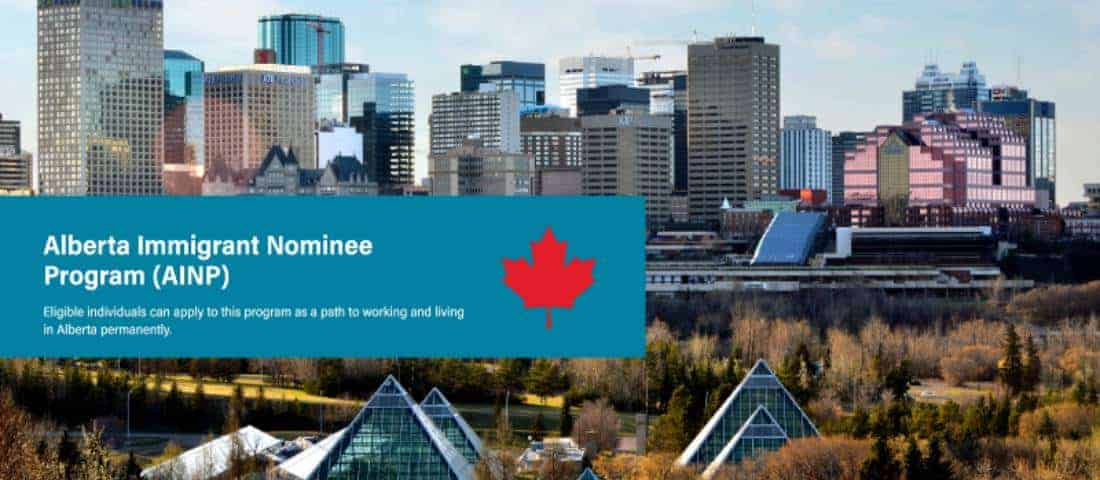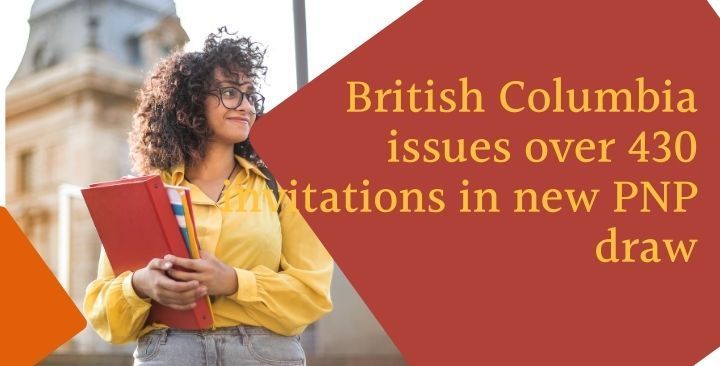Winnipeg-based social enterprise also stitching see-through masks to help deaf people read lips
A Winnipeg-based social enterprise given employment to new immigrants has turned to making masks as a way to assist individuals to overcome the COVID-19 pandemic.
The Cutting Edge provides employment to migrant women and trains them to run sewing machines. Up until now, the program has produced thousands of masks.
Operations head Anne-Lydie Bolay informed CBC News that there has been a lot of interest and that “several orders are being placed by certain of the colleges,also certain of the teams that are advocating for accessibility.”
The Cutting Edge program, which is run out of the Canadian Muslim ladies Institute, has provide job 10 new ladies during the COVID-19 pandemic.
From the outset, just regular reusable masks were being created.Although, this changed after hearing of concerns from new immigrants who had faced problems speaking with a mask on.

Presently, they created normal cloth masks as well as masks with a see-through window.Likewise, others individuals can see the wearer’s lips while they talk, and newcomers who have not completely grip the language might be eligible to speak better.
Furthermore, all the masks created by The Cutting Edge are created comfortable for ladies who wear the hijab, the customary headscarf worn by few Muslim ladies.
Bolay also keeps up that the ladies creating the masks are paid a suitable compensation, get advantages and are offered flexible hours.
One of the ladies, an immigrant from Ethiopia called Alia Mohamed, revealed to CBC News that she truly likes her work and that she may now create a modern mask in only seven minutes.
Mohammed had shifted to Winnipeg to be with her sibling.
She says she one day wishes to begin her own business producing garments. Although, in the meanwhile, she is glad to keep working for the Winnipeg-based enterprise.
For those intrigued, the masks are accessible in mass through The Cutting Edge site, through the Local Investment Toward jobs site, or through the Ever Present Giving site, or at Pollock’s Hardware Co-operation.
Join your family in Canada
Canada is committed to family reunification and keeping friends and family together. Canadians and permanent residents can sponsor their spouses or common-law partners to come to Canada. Both the sponsor and their accomplice have to demonstrate their relationship together.
There are two ways to sponsor your loved one: inland or outland sponsorship. Inland sponsorship is for accomplices who previously have provisional status in Canada. Outland sponsorship is for accomplices who don’t have provisional status in Canada. Commonly, they would be living in outer Canada.
Canadians and permanent residents are also eligible to sponsor their reliant kids, parents and grandparents.
Both natural and adopted kids might be sponsored, if you give proof of your relationship with your kid.
Parents and grandparents are sponsored by the Parents and Grandparents Program (PGP).The sponsor should have a salary higher than at least important pay level for this program, and have to also fulfill other necessities.
At times, a province in Canada may provide Canadian immigration options for family members of a Canadian citizen or permanent resident.Canadian immigration programs are liable to change, so we urge you to begin your free evaluation, and we will compete your individual abilities and objectives against the programs that are presently accessible.

